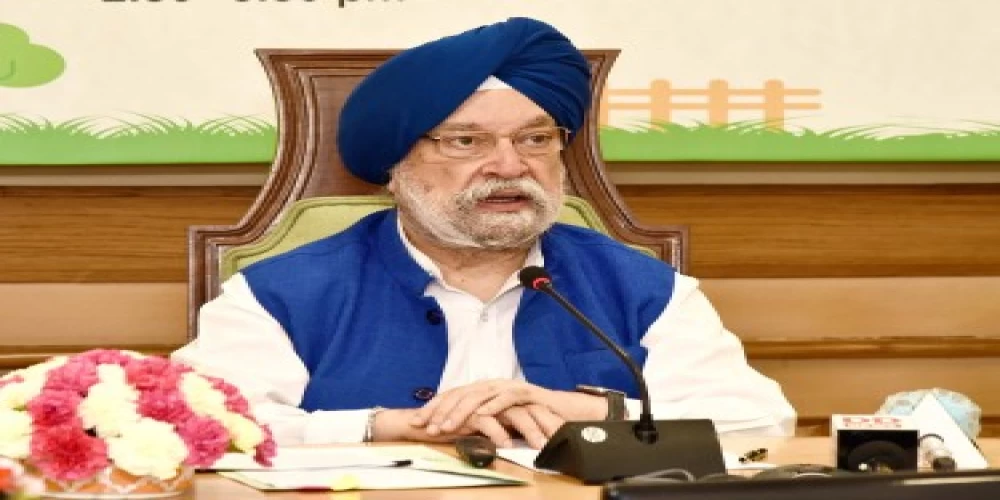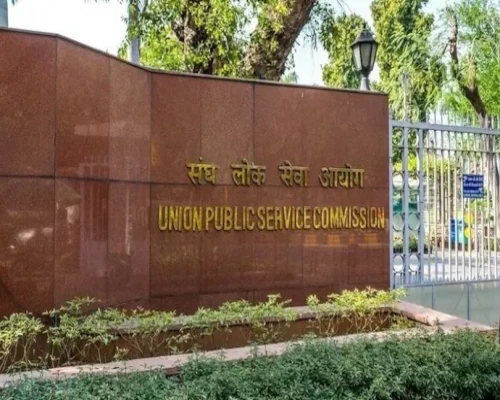
Around the globe, civil aviation has been a sector that has propelled economic growth, promoted social development and created access. On the other hand, it has also had a limited detrimental impact on our environment, especially on the local environment, as aircraft and airport operations contribute to air, water, soil and noise pollution, writes Hardeep S Puri.
In October 2016, the International Civil Aviation Organization (ICAO) decided to launch an initiative to limit emissions from international aviation. Global consciousness around this has driven numerous policy-driven solutions to be implemented in the sector regarding the efficient operation of aircraft and airports. It is fitting to look at the Indian Civil Aviation sector and the efforts taken to step into the next era of aviation, with environmental and ecosystem preservation as a core tenet.
Pre-COVID, India was the third-largest domestic aviation market globally, with approximately 140 million passengers traveling annually. The country is poised to become the third-largest overall market in three years. With just 7.3 per cent of the population using aviation as a mode of transportation, the growth potential in the sector is immense. While Covid-19 has undoubtedly disrupted the sector, we are making a resilient and robust comeback as we revitalize our economy. Push for initiatives like the Airport Council International – Airport Carbon Accreditation Programme, which independently assesses and recognizes the efforts of airports to manage and reduce their carbon emissions through six levels of certification, is a timely intervention to combat climate change.
India has been following the programme since 2014. Recognising that the Indian aviation sector will undergo exponential growth in the coming years, addressing the environment and sustainability concerns is a top priority for us. Delhi Airport is the first airport in the Asia Pacific region to have achieved ‘Level 3+, Neutrality’ accreditation in 2016 and ‘Level 4+, Transition,’ the highest accreditation in 2020. Other airports like Mumbai, Hyderabad and Bengaluru international airports have achieved ‘Level 3+ Airport Carbon’ accreditation.
Airports Authority of India has been taking the lead in implementing technical fixes for route optimization like shortening and straightening major air routes, Reduced Horizontal Separation and Performance-based Navigation (PBN). In consultation with Indian Air Force, AAI has optimized airspace utilisation under the Flexible Use of Airspace (FUA) initiative. Estimated annual CO2 emissions reduction by establishing the 32 conditional routes come to about 2 lakh metric tonnes.
Initiatives to promote the adoption and promotion of renewable energy use at Indian Airports have also been initiated. Since 2014, the installed solar capacity has increased by 44 MWp at 44 airports, helping us achieve a carbon emission reduction of approximately 57,600 tonnes of CO2 per annum at AAI Airports. Today, Delhi Airport sources 100 per cent of their energy demand through renewable energy sources. Similarly, with an installed Solar Power capacity of 40 MWp, Cochin International Airport has become the first fully solar-powered airport in India.
In tandem, initiatives to promote energy conservation and monitoring have also been brought into the fold through regular energy audits. Since 2014, review audits to assess the effectiveness of implementation measures of previous audits have already been completed for 50 airports. Also, under the National LED program (UJALA- Unnat Jyoti by Affordable LEDs for all), AAI has aimed to replace conventional light fixtures with LED fittings at 85 airports. The work has been completed at 81 airports, and at four airports, the work is in progress.
Infrastructure building, which is another essential aspect of an expanding civil aviation industry in the country, has been brought under a green and sustainability focus. Delhi, Mumbai, and Bengaluru International Airports have already received a ‘Gold rating’ by the International Green Building Organisation, LEED. While Jammu, Chandigarh, and Tirupati airports have received a ‘4-star rating’ by the Green Rating for Integrated Habitat Assessment (GRIHA), which is India's very own green building rating system.
The AAI has also taken the initiative on waste and water management by minimising the wastage of potable water by processing wastewater and reusing treated water. The Sewage Treatment Plants (STP) and Rainwater harvesting are provided/planned with every existing/new project. Through the UDAN' Ude Desh ka Aam Nagrik' scheme, 100 new airports are being built to increase access to civil aviation in the country. This development will benefit from the decisions made in hindsight, as green infrastructure, energy efficiency, waste management, and efficient transportation have become vital aspects of India's expanding civil aviation sector.
Over the next decade, finding the appropriate balance between ecology, economy, and society will be crucial. Civil aviation progress that is synchronous with preserving and restoring our environment and ecosystems is the key to unlocking a safe, healthy and prosperous future for our citizens and remains a cornerstone philosophy of Prime Minister Narendra Modi led BJP government at the Centre. /PIB/
(The writer is Union Minister for Civil Aviation)











 (13)_500_x_400.webp)

